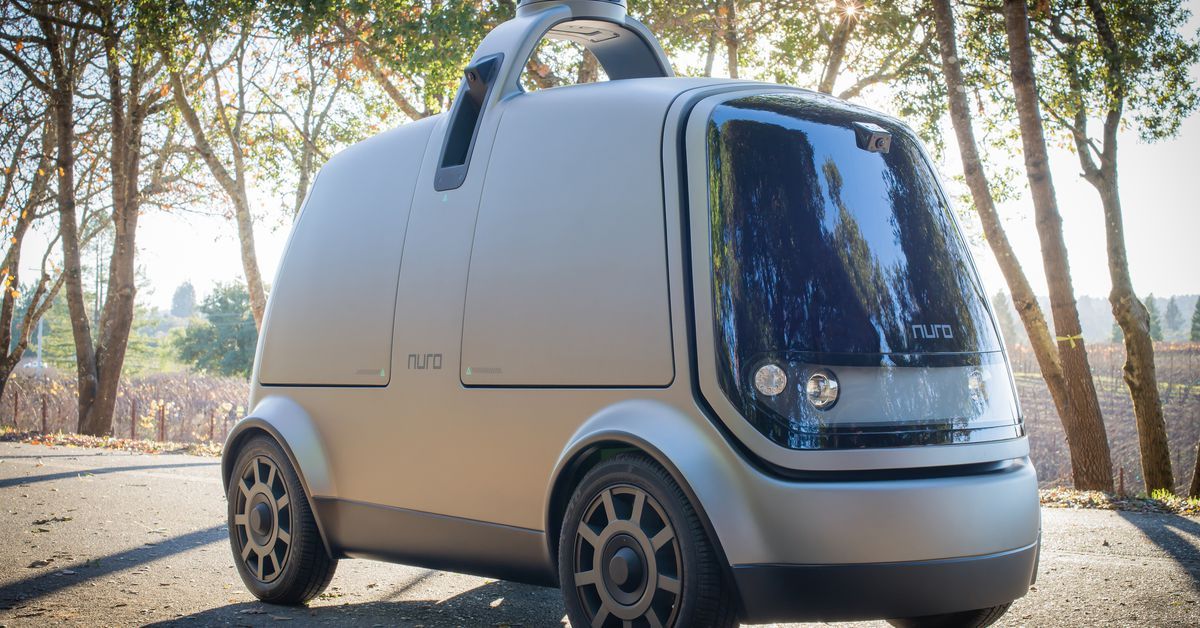This plane will go to space and back in 5 hours.
Category: transportation – Page 529
Tesla Charges Ahead With Electric Truck and New Roadster
Elon Musk just pulled off a Steve Jobs-ian “one more thing” surprise. https://bloom.bg/2zaIMum
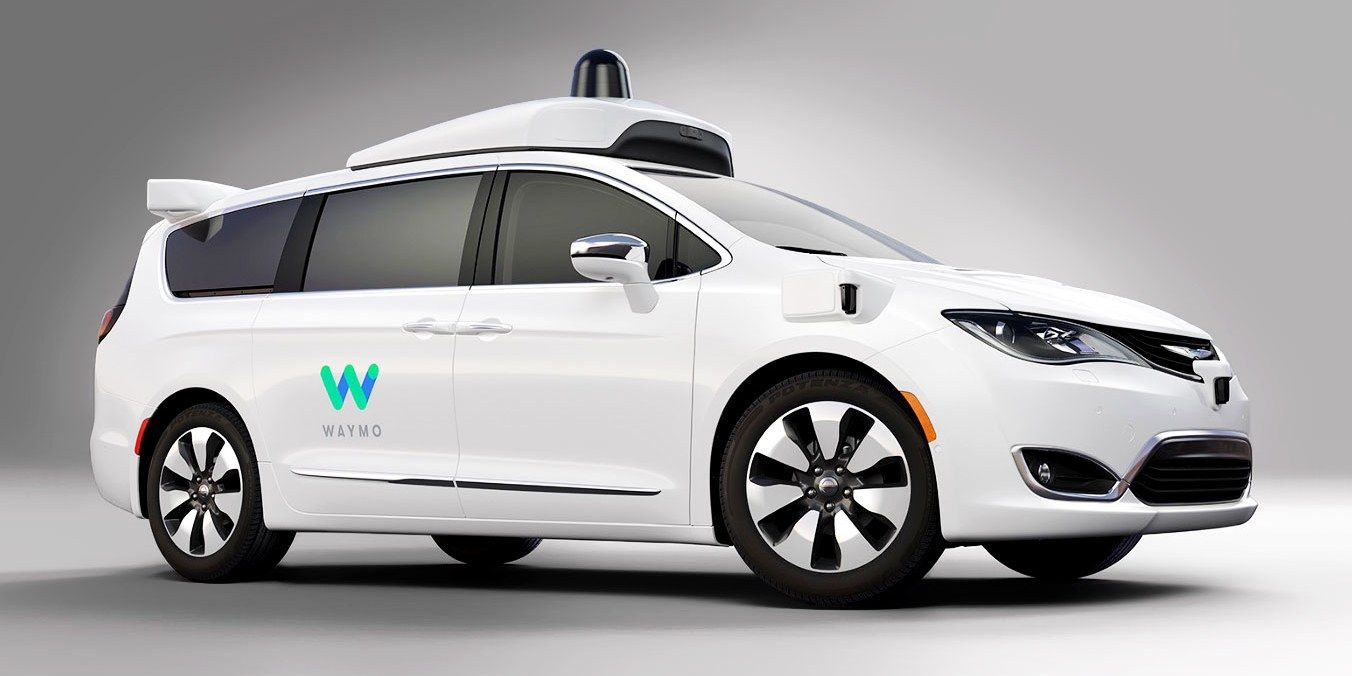
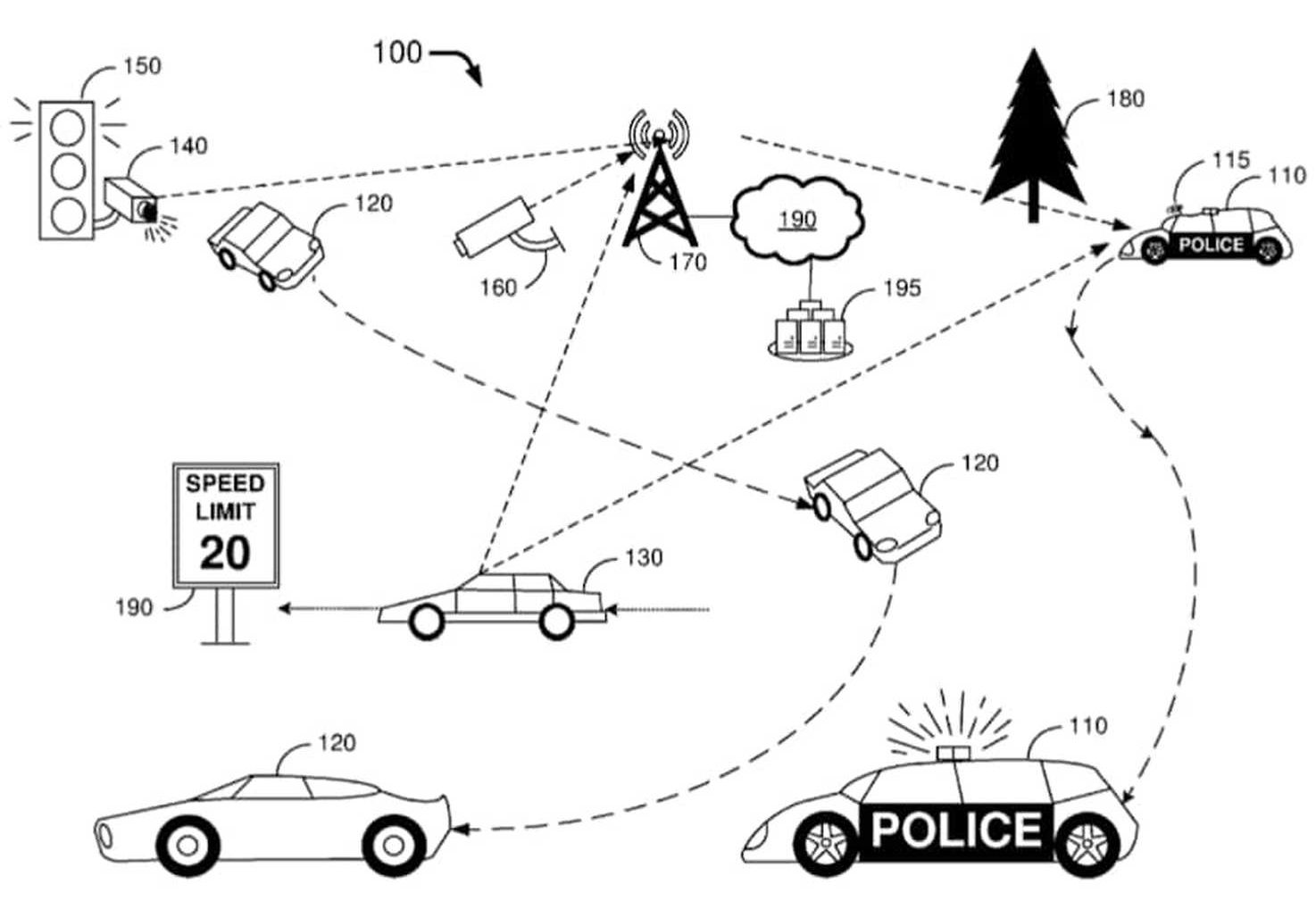
Ford patents driverless police car that ambushes lawbreakers using artificial intelligence
Imagine a police car that issues tickets without even pulling you over.
What if the same car could use artificial intelligence to find good hiding spots to catch traffic violators and identify drivers by scanning license plates, tapping into surveillance cameras and wirelessly accessing government records?
What if a police officer tapping on your car window asking for your license and registration became a relic of transportation’s past?
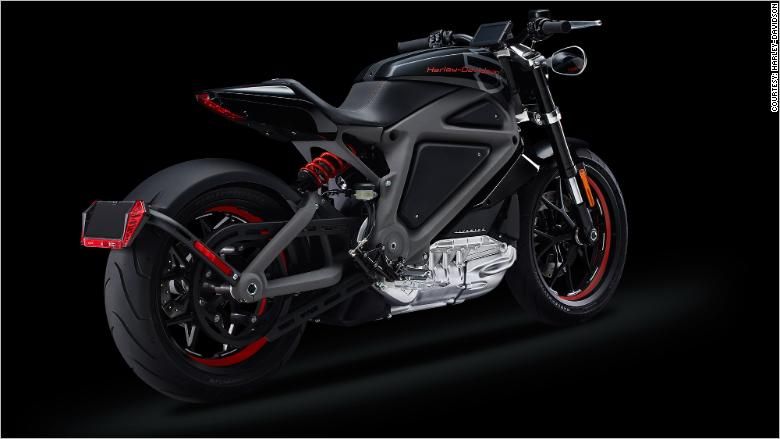
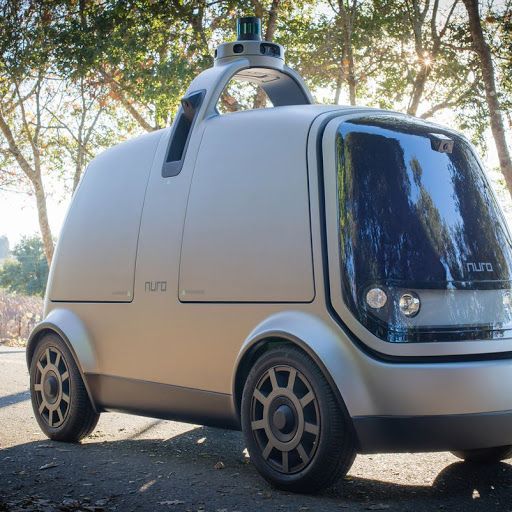
Volvo Becomes the First Premium Car Maker to Go All Electric
“Volvo cars is taking a bold step forward,” the company explained in a video on Volvo’s official Twitter account, “heralding the end of an era for the pure internal combustion engine.”
While other companies have yet to take the leap, Volvo knows investing in electric car production makes good sense from a business perspective: “This is about the customer,” Håkan Samuelsson, Volvo Car Group’s president and CEO, said in a press release. “People increasingly demand electrified cars and we want to respond to our customers’ current and future needs.”
It’s also a decision rooted in a sense of environmental responsibility, “We are determined to be the first premium car maker to move our entire portfolio of vehicles into electrification,” Samuelsson said in the video. “This is a clear commitment towards reducing our carbon footprint, as well as contributing to a better air quality in our cities.”
